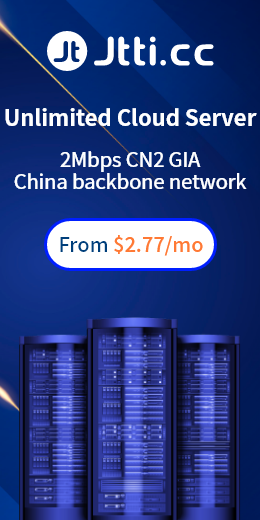The infrastructure of the cloud computing platform is composed of a variety of components and layers. These components allow users to quickly expand, manage and deploy the required applications and services according to their own needs, improving the high availability, flexibility, and Security, the implementation methods and characteristics of cloud computing platforms established by different cloud services are different, so you should pay special attention to choosing cloud services and cloud computing platforms!
The infrastructure of a cloud computing platform usually includes the following key components and layers:
Hardware infrastructure:
Server: A physical server or virtual machine used to host applications and data.
Storage: Hard drives that provide data storage and access, including Network Attached Storage (NAS) and Storage Area Network (SAN).
Network: The network infrastructure used to connect servers, storage, and other infrastructure components, including switches, routers, and firewalls.
Virtualization layer:
Virtual Machine Manager (VMM): Also known as hypervisor, it is used to virtualize physical servers and allows multiple virtual machines to run on the same physical server.
Container orchestration platform: such as Kubernetes, used to manage and orchestrate containerized applications.
Cloud service layer:
Infrastructure as a Service (IaaS): Provides virtual servers, storage and network resources, allowing users to create and manage virtual machines.
Platform as a Service (PaaS): Provides a platform for application development and deployment, including databases, development tools, and application running environments.
Software as a Service (SaaS): Provides cloud-hosted applications that users access over the Internet without the need to install or maintain local software.

Management and automation layer:
Cloud management platform: A platform for monitoring, managing, and automating cloud resources that provides user interfaces and APIs for configuration and control.
Automation tools: Tools used to automatically deploy, expand, configure and manage cloud resources, such as Chef, Puppet, Ansible, etc.
Orchestration and coordination tools: Tools for orchestrating and managing multiple application components, such as Kubernetes, Docker Swarm, etc.
Security and Compliance Layer:
Identity and access management: used to manage authentication, authorization and access control of users and resources.
Security monitoring and logging: Monitor security events in cloud environments and log them for auditing and compliance.
Data encryption: An encryption mechanism to protect data, including encryption of data during transmission and storage.
Network layer:
Load balancing: Used to distribute traffic and requests to ensure high availability and performance of applications.
Content Delivery Network (CDN): Used to accelerate content transmission and reduce delays in the distribution network.
Virtual Private Cloud (VPC): A network isolation layer used to create virtual networks and securely connect to cloud resources.
Data layer:
Database service: Database service provided by the cloud.
Big Data and Analytics: Services for storing and processing large-scale data.
High availability and disaster layer recovery:
Backup and Disaster Recovery: Solutions for data backup and application recovery to ensure business continuity.
In summary, this is a sharing about the cloud computing platform infrastructure. I hope it will be helpful to you!

 EN
EN
 CN
CN









